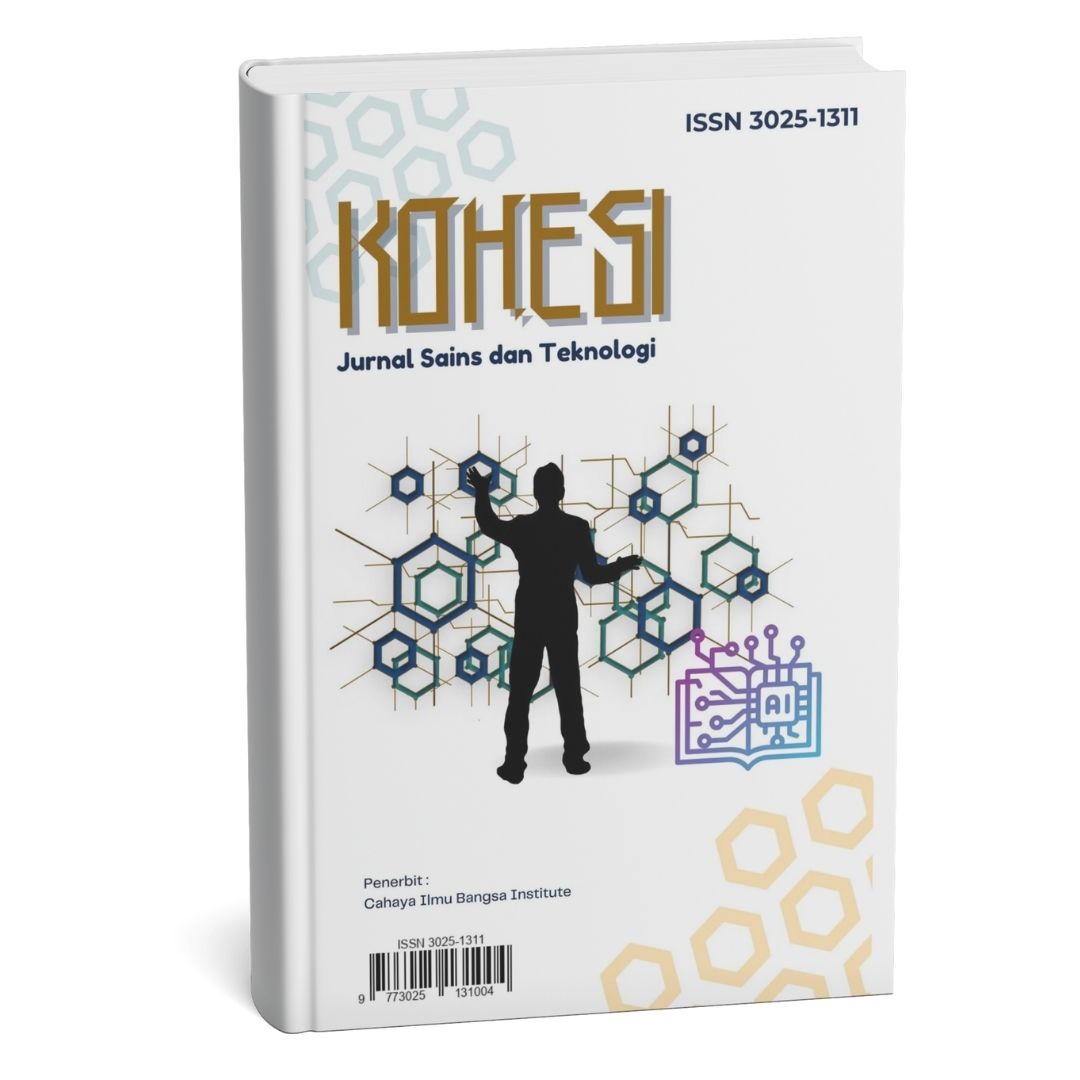PENGEMBANGAN GENERATOR MAGNET PERMANEN SATU FASA 230 VOLT ROTOR 12 KUTUB TIPE I
Main Article Content
Abstract
Penelitian ini membahas tentang cara mengubah alternator mobil 12 Volt DC menjadi generator AC magnet permanen yang menghasilkan tegangan 220 Volt AC. Tujuan dari pengubahan ini adalah memanfaatkan barang bekas dari bengkel mobil untuk menghasilkan generator AC. Metode yang digunakan dalam penelitian ini adalah membuat prototype generator magnet permanent type I dengan menyusun magnet menjadi 12 kutub pada rotor mengikuti desain 12 kutub pada stator dengan soft iron pada rotor diganti Dengan pilot epoxy resin sebagai pengganti soft iron pada kedudukan magnet di rotor. Karena tidak tersedia alat pengukur seperti gauss meter, proses pengubahan dilakukan tanpa simulasi dan melalui pengujian langsung dengan penyesuaian eksperimental. Hasil dari penelitian ini adalah : pada kecepatan 100 rpm tegangannya 50 volt dan rekuensi nya 10 hz, kecepatan 200 rpm tegangannya 101 volt dan rekuensi nya 20 hz, kecepatan 300 rpm tegangannya 150 volt dan rekuensi nya 30 hz, kecepatan 400 rpm tegangannya 201 volt dan rekuensi nya 40 hz, kecepatan 500 rpm tegangannya 253 volt dan frequency nya 50 hz, kecepatan 600 rpm tegangannya 303 volt dan frekuensi nya 60 hz. Meskipun kinerja generator yang dihasilkan tidak setara dengan alternator, generator tersebut berhasil digunakan untuk beban 220 volt dengan daya hanya 23 watt pada satu fasa.
Kata kunci: Alternator, generator, magnet permanen, energi terbarukan, rotor
Abstract
This research discusses how to convert a 12 Volt DC car alternator into a permanent magnet AC generator that produces 220 Volt AC voltage. The purpose of this conversion is to utilize used goods from car repair shops to produce AC generators. The method used in this research is to make a prototype permanent magnet generator type I by arranging the magnets into 12 poles on the rotor following the design of 12 poles on the stator with soft iron on the rotor replaced with pilot epoxy resin as a substitute for soft iron in the position of the magnets in the rotor. Because there is no measuring device such as a gauss meter available, the conversion process is carried out without simulation and through direct testing with experimental adjustments. The results of this study are: At the speed of 100 rpm, the voltage is 50 volts and the frequency is 10 Hz, the speed of 200 rpm, the voltage is 101 volts and the frequency is 20 Hz, the speed of 300 rpm, the voltage is 150 volts and the frequency is 30 Hz, the speed of 400 rpm, the voltage is 201 volts and the frequency is 40 Hz, the speed of 500 rpm, the voltage is 253 volts and the frequency is 50 Hz, the speed of 600 rpm, the voltage is 303 volts and the frequency is 60 Hz. Although the performance of the generator produced is not equivalent to an alternator, the generator is successfully used for 220 volt loads with only 23 watts of power on one phase.
Keywords: Alternator, generator, permanent magnet, renewable energy, rotor
Article Details
Section
This work is licensed under a Creative Commons Attribution-NonCommercial 4.0 International License.

